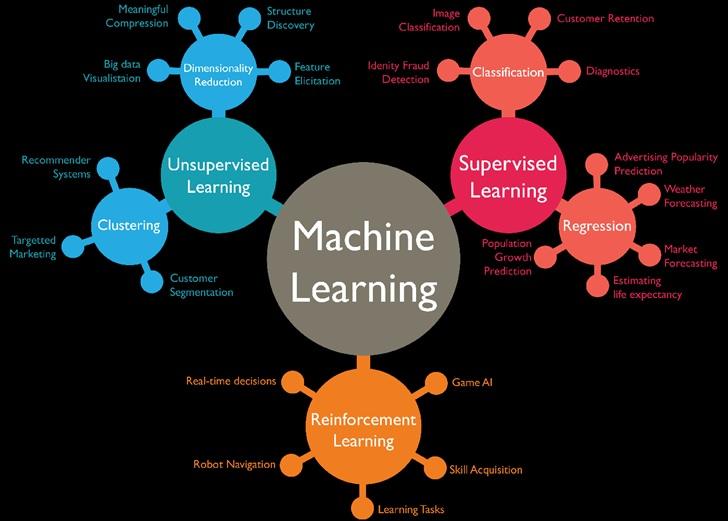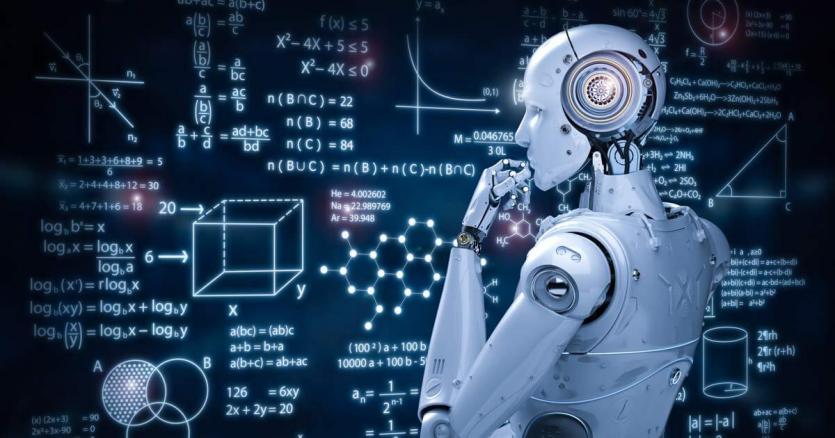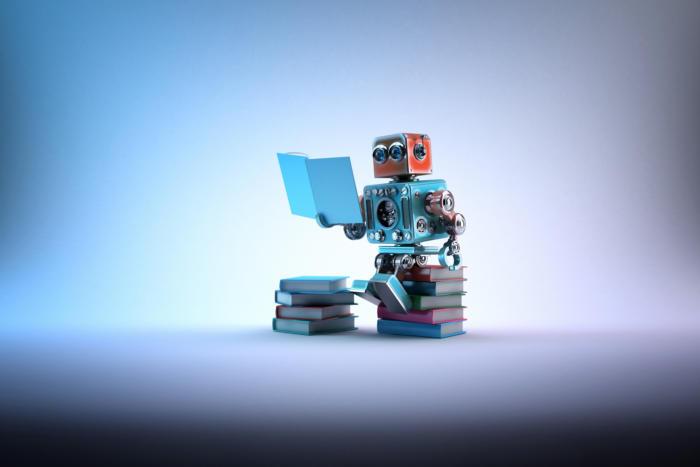How To Learn Machine Learning As A Beginner?
In General, There Are Two Ways To Learn A Learning Machine, Each With Its Advantages And Disadvantages.
In this article, we will get acquainted with both methods, and you can go to machine learning based on your personal choice based on these methods.
However, remember familiar with a programming language like Python before entering this field.
If you are planning to learn machine learning with Python, you need to know enough about the following concepts:
- Variables
- Mathematical Operators
- Control statements
- Data structures (index, collection, dictionary, etc.)
- How to work with files
- Functions
- objective programming
If you are unfamiliar with Python, there are several ways to learn this simple and powerful language. Today, various sites and books teach Python in Persian.
The first method
In this method, you should go to educational resources that teach machine learning step by step. In this case, you need to have a background in machine learning concepts. There are good Persian educational videos in this field; however, if you are familiar with the English language, I suggest that you do not miss the training courses of famous institutions such as Linda, Coursera, Udemy, etc. These courses teach machine learning along with the target programming language.
You have to learn Python, data libraries, and machine learning in this method. These courses give you everything to become a junior machine learning engineer.
In this way, you will not learn math concepts in the background of machine learning, statistics, probability, etc., because most of your time is spent learning Machine Learning. Still, if you want to become a professional machine learning engineer, you have to think about learning a lot.
If your goal in machine learning is to learn only algorithms that work with data, this method is a good choice. But as we mentioned, you should not expect to become a skilled machine learning engineer.
The second method
On the other hand, this method requires more work and effort because before learning the basics of machine learning, you must be thoroughly familiar with the following concepts.
difrensial and antegral
Many of the algorithms used in machine learning deal with the concept of derivatives and integrals. You also need to be familiar with the concepts of limit and continuity, derivatives, and integrals to understand statistics and probability. In general, you should invest in learning the following images.
- Functions and Functional Issues.
- Extent and continuity
- Derivative and differential
Integral
There are many resources for learning calculus, but the best source for understanding the concept of calculus is in high school and then general math. In the foreign example, you can go to the courses offered by MIT professors, which are available for free. These courses will teach you the basics of these issues primarily and straightforwardly. I suggest learning conceptual and in-depth calculus, not the tricks and tests you use to pass exams.
Probability and statistics
Since the basis of the machine learning concepts is based on statistics and probability, familiarity with and mastery of statistics and probability helps a lot in understanding the concepts of ML. Books offered by computer and artificial intelligence professors for learning probability and statistics are a good option for learning, provided you have an essential background in the field. On an external scale, the KhanAcademy course teaches these topics psychologically. In general, in this area, you should think about learning the following concepts:
- Numerical calculations and categorization
- Average with related topics
- Standard deviation and variance
- Covariance
- Correlation
- Random variables
- Distributions
- Classic probability
- Conditional probability
Linear Algebra
In machine learning, you have to convert everything into numbers and matrices. So you need to have enough information about vectors and tensors, even matrices. It means that you have to learn linear algebra. Linear algebra, vectors, matrices, and the definition of some basic operations (such as addition, subtraction, and scalar multiplication) are important topics to consider.
Numpy and Pandas
Numpy and Pandas are the best choices for manipulating your data, working with numeric values, or creating data transfer buses. They are two powerful Python libraries. Numpy helps you work with numeric data.
Calculating any statistical criterion requires calling functions capable of working with linear algebra. Pandas help you to extract essential points and statistics from your data. It holds your data as a DataFrame that gives you an accurate view of the data.
There are many tutorials and documentation related to these libraries. There are also good courses on mastering these libraries on the Internet. In general, you should have sufficient mastery of the following skills:
- Read data
- Calculate mean, variance, standard deviation, median, and so on.
- Calculate correlation and correlation matrix
- Multiply the matrix
- Inverse Matrix
- Working with matrices
- Data grouping
Data illustration libraries
As mentioned, the Pandas and Numpy libraries are valuable for extracting important facts about data. However, if you want to show the data you get to individuals or companies, you must use charts and charts. Fortunately, there is a wide range of libraries in this area, the most important of which are Matplotlib and Seaborn. In general, you should think about learning the following concepts:
- Histogram
- Stacked histogram
- Bar graph
- Scattered diagrams
- Box diagram
- Three-dimensional chart
- KDE chart
- Congestion chart
- Heat map
- Distribution piece
- Customize maps
- Machine learning theory
As a machine learning engineer, you should have no problem understanding the following concepts:
- Clear data
- Fill in the missing values
- Remove some unnecessary features
- Feature selection
- Feature scaling
- Regulation
- Feature Engineering
- Regression algorithms
- Simple linear regression
- IdgeRidge & Lasso
- Multiple linear regression
- Polynomial regression
- XGB Regressor
- Classification Algorithms
- K Nearest Neighbor (KNN)
- logistic regression
- Decision tree
- Random forest
- Simple business
- XGBClassifier
- Clustering algorithms
- K-Means
- DBSCAN (Spatial Clustering of Density-Based Applications)
- Reduce dimensions
- PCA (Main Component Analysis)
- LDA
- t-SEE
Some sources suggest that you think about scikit-learning.
There are many courses and tutorials to help you learn skateboarding. Scikit-learn, which some sources use to describe Scikit, is a free machine learning library developed for the Python programming language.
The library has various classification, regression, and clustering algorithms, including support vector machines, random forests, gradient amplification, k-means, and DBSCAN. It interacts with the NumPy and SciPy Python numerical and scientific libraries.













